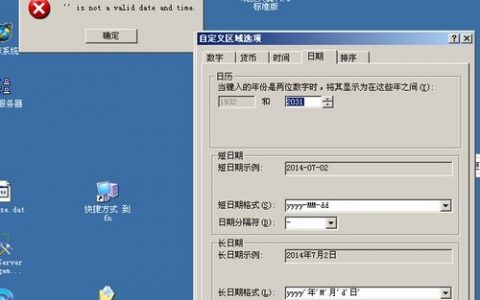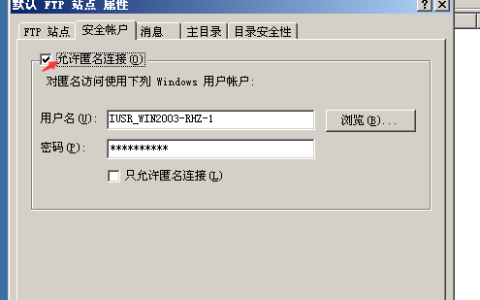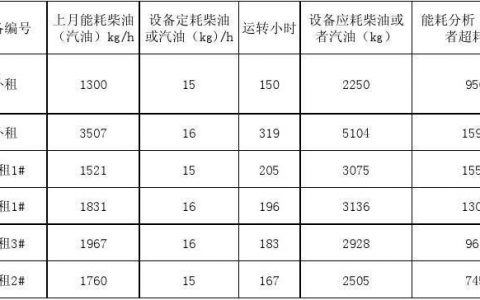在Linux系统中使用Apache服务器时,“无法访问”是最常见的故障之一,表现为浏览器输入http://localhost或域名后显示“连接失败”“403 Forbidden”等错误,这类问题的根源涉及网络配置、权限设置、服务状态及防火墙规则等多个层面,需通过系统化排查逐步解决。

基础排查:确认Apache服务是否正常运行
Apache服务的核心进程为httpd(CentOS/RHEL)或apache2(Ubuntu/Debian),首先检查服务状态:
# CentOS/RHEL系统 systemctl status httpd # Ubuntu/Debian系统 systemctl status apache2
若输出显示“active (running)”,说明服务已启动;若为“inactive”,则需启动服务:
# 启动服务 systemctl start httpd # 或apache2 # 设置开机自启 systemctl enable httpd # 或apache2
网络与端口检查:确保请求能到达Apache
Apache默认监听80(HTTP)和443(HTTPS)端口,需验证以下两点:
端口占用情况
使用netstat或ss命令查看端口状态:
netstat -tuln | grep ':80|:443' # 或 ss -tuln | grep ':80|:443'
若输出中无80/443端口的监听记录,可能是Apache未正确绑定端口,需检查配置文件中的Listen指令(通常位于/etc/httpd/conf/httpd.conf或/etc/apache2/ports.conf),确保其值为Listen 80。
防火墙规则
Linux防火墙(如firewalld或iptables)可能阻止外部访问,以firewalld为例:
# 查看当前规则 firewall-cmd --list-all # 允许HTTP(80)和HTTPS(443)流量 firewall-cmd --permanent --add-service=http firewall-cmd --permanent --add-service=https firewall-cmd --reload # 重载规则使修改生效
配置文件与目录权限:避免“403 Forbidden”
“403 Forbidden”错误多由权限问题导致,需检查以下关键点:

默认站点目录
Apache的默认文档根目录通常为:
- CentOS/RHEL:
/var/www/html - Ubuntu/Debian:
/var/www/html或/srv/www/html
确保该目录存在且可读:
ls -la /var/www/html # 检查目录结构和权限
目录权限设置
Apache进程需对文档根目录有读取权限,推荐权限设置为:
chown -R apache:apache /var/www/html # 将目录属主改为Apache用户(组) chmod -R 755 /var/www/html # 设置读写执行权限(所有者可读写,其他用户仅读)
配置文件中的权限指令
检查httpd.conf或apache2.conf中的<Directory>段,确保包含:
<Directory "/var/www/html">
Options Indexes FollowSymLinks
AllowOverride All
Require all granted # 允许所有来源访问(生产环境建议限制IP)
</Directory> SELinux与AppArmor安全策略
SELinux(CentOS/RHEL)
若开启SELinux,需确保其对Apache的访问控制允许:
# 查看SELinux状态 sestatus # 若为 enforcing,临时关闭测试(生产环境不建议) setenforce 0 # 永久关闭(需重启系统) sed -i 's/^SELINUX=enforcing/SELINUX=disabled/' /etc/selinux/config # 或添加SELinux规则允许Apache访问文档目录 chcon -R -t httpd_sys_content_t /var/www/html
AppArmor(Ubuntu/Debian)
AppArmor会限制程序行为,若Apache被限制,需调整配置:
# 查看AppArmor状态 aa-status # 编辑Apache的AppArmor配置文件(如`/etc/apparmor.d/usr.sbin.apache2`) # 添加对文档目录的读权限,然后重启AppArmor: service apparmor restart
虚拟主机与DNS解析(若使用域名)
若通过域名访问,需确保:

- 本地hosts文件:编辑
/etc/hosts,添加0.0.1 yourdomain.com(测试用); - DNS解析:若为公网域名,需在DNS服务商处指向服务器IP;
- 虚拟主机配置:检查
/etc/httpd/conf.d/vhost.conf(CentOS)或/etc/apache2/sites-available/(Ubuntu)中的ServerName指令,确保与域名一致。
日志分析:定位具体错误原因
Apache的错误日志是排查问题的关键,路径通常为:
- CentOS/RHEL:
/var/log/httpd/error_log - Ubuntu/Debian:
/var/log/apache2/error.log
通过tail命令实时监控日志:
tail -f /var/log/httpd/error_log # 或apache2/error.log
常见错误及含义:
| 错误信息 | 可能原因 | 解决方法 |
|—————————|—————————|—————————|
| Permission denied | 目录/文件权限不足 | 调整权限(见第三部分) |
| AH00534: apache2: Configuration error | 配置文件语法错误 | 使用apachectl configtest检查 |
| Connection refused | 服务未启动或端口未监听 | 启动服务/检查端口(见第一、二部分) |
相关问答FAQs
Q1:为什么浏览器显示“This site can’t be reached”?
A:此错误通常表示客户端无法与服务器建立连接,需依次检查:① Apache服务是否运行;② 防火墙是否允许80/443端口;③ 网络是否能ping通服务器IP;④ 若使用域名,DNS是否正确解析。
Q2:如何快速恢复Apache默认配置?
A:若修改配置后出现错误,可通过备份文件恢复默认设置:
- CentOS:备份
/etc/httpd/conf/httpd.conf为httpd.conf.bak,删除原文件后重新安装httpd(yum reinstall httpd); - Ubuntu:备份
/etc/apache2/apache2.conf为apache2.conf.bak,删除原文件后重新安装apache2(apt reinstall apache2)。
通过以上步骤,90%以上的“Linux Apache无法访问”问题可得到解决,若仍存疑,建议结合日志中的具体错误信息,针对性排查对应模块或依赖组件。
【版权声明】:本站所有内容均来自网络,若无意侵犯到您的权利,请及时与我们联系将尽快删除相关内容!






发表回复